Komentáře / Otázky (18)
![]() Meiju napsala:
Meiju napsala:
Heipä hei, Ehkäpä kaavio sittenkin on oikeassa, mutta kyllä se on todella vaikealukuinen... Toisenlaiset palmikkomerkinnät olisivat selkeämpiä. Vaikka olen erittäin kokenut neuloja niin kyllä sain aivoni solmuun.
11.07.2024 - 22:46
![]() Meiju napsala:
Meiju napsala:
Hei! Edelliset kommentoijat ovat aivan oikeassa, kaavio ei täsmää kuvan sukkaan. Ihan alussa M.1B lähtee jo menemään väärin, ensimmäisen palmikkorivin jälkeen keskelle pitäisi jäädä nurjia silmukoita. Näin ei kuitenkaan ole kaaviossa. Kauniit sukat mutta työlästä hommaa kun pitää itse piirtää oikea ohje!
11.07.2024 - 22:34
![]() Shubhangi Kundu napsala:
Shubhangi Kundu napsala:
Hello! I think the chart diagram needs to be corrected as it simply does not match the socks shown in the picture. Kindly correct it or provide a link of the correct diagram.
02.10.2021 - 01:32Odpověď DROPS Design :
Dear Shubhangi, according to Ravelry, quite a large number of people managed to make the socks based on the diagram. If there is a particular part you do not understand, let us know and we will try to help you through. Happy Stitching!
03.10.2021 - 12:21
![]() Ziemens napsala:
Ziemens napsala:
Sind in der Strickschrift nur die Hinreihen oder auch die Rückreihen angegeben
17.01.2021 - 18:21Odpověď DROPS Design :
Liebe Frau Ziemens, alle Reihen sind im Diagram gezeigt, dh die Hin- sowie de Rückreihen - hier lesen Sie mehr über Diagramme. Viel Spaß beim stricken!
18.01.2021 - 10:06
![]() Gro-Dagmar napsala:
Gro-Dagmar napsala:
Hei ! Har funnet ut av det. Hadde bare lest litt feil.
13.03.2020 - 22:29
![]() Gro-Dagmar napsala:
Gro-Dagmar napsala:
Hei ! Har ikke strikket en slik hæl før. Nå har jeg gjort det. Men når jeg skal felle 7 ganger etterpå, 2 m på hver side av merketråden da feller jeg jo inn på mønster M.1B . Er det rett ? mvh Gro-Dagmar
13.03.2020 - 09:10
![]() DERAS Marie-Danièle napsala:
DERAS Marie-Danièle napsala:
Bonjour pouvez vous me dire on commence la torsade en partant du bas ou du haut du diagrame merci de ce que vous pourrez me dire marie danièle
03.06.2018 - 17:03Odpověď DROPS Design :
Bonsoir Marie-Danièle! Vous commencez la torsade en partant du bas du diagrame, par le coin en bas à droite . Bon tricot!
03.06.2018 - 22:49
![]() Silje napsala:
Silje napsala:
Hei Hva menes med "Videre fortsettes det med M.1 + 2 vi i hver side oppå foten" ? Er M.1 = M.1 B? Og hva betyr "vi"? På forhånd takk.
07.01.2018 - 22:50Odpověď DROPS Design :
Hei Silje. Her har det blitt en tastefeil. "vi" skal være "vr" (=vrang). Og det skal være M.1B (B`en manglet). Takk for at du gjorde oss oppmerksom på dette, dette er nå rettet. God fornøyelse videre!
11.01.2018 - 13:23Indre napsala:
I am sorry for repeat. Thank you for information.
16.12.2014 - 22:26Indre napsala:
The cable scheme does not match the cable pattern that is visible in the picture of socks.
16.12.2014 - 22:22
Zen Zoe#zenzoesocks |
|||||||||||||||||||
 |
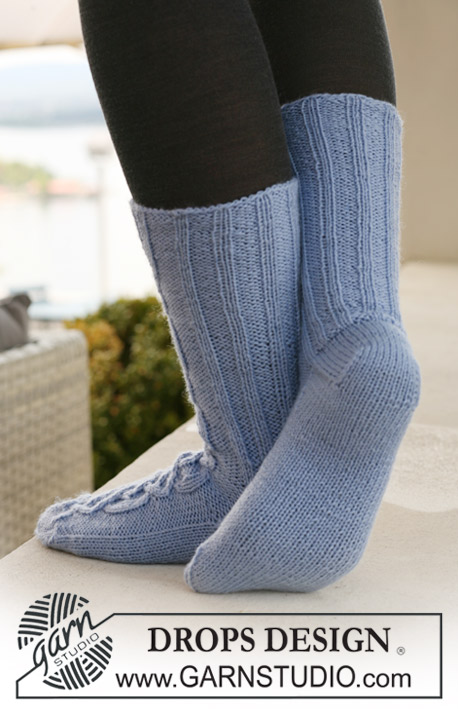 |
||||||||||||||||||
DROPS ponožky s copánkovým vzorem z příze "Karisma".
DROPS 121-15 |
|||||||||||||||||||
|
VZOR: Viz schémata M.1A a M.1B, vzor je v nich nahlížen z lícové strany. TIP - TVAROVÁNÍ PATY: 1. řada (= lícová): pleteme po posledních 7-8-9 ok v řadě, 1 oko sejmeme hladce, 1 oko upleteme hladce a sejmuté přes ně přetáhneme, otočíme práci. 2.ř. (= rubová): pleteme po posledních 7-8-9 ok v řadě, 1 oko sejmeme obrace, 1 oko upleteme obrace a sejmuté přes ně přetáhneme, práci otočíme. 3.ř. (= lícová): pleteme po posledních 6-7-8 ok v řadě, 1 oko sejmeme hladce, 1 oko upleteme hladce a sejmuté přes ně přetáhneme, otočíme práci. 4.ř. (= rubová): pleteme po posledních 6-7-8 ok v řadě, 1 oko sejmeme obrace, 1 oko upleteme obrace a sejmuté přes ně přetáhneme, práci otočíme. Tímto způsobem pokračujeme v ujímání (vždy o 1 oko snížíme počet ok zbylých v řadě) dokud nám v řadě nezůstane 10-12-14 ok. ---------------------------------------------------------------------- PONOŽKA: Pleteme v kruhových řadách na ponožkových jehlicích. Na ponožkové jehlice č.3 nahodíme přízí Karisma 51-58-65 ok a upleteme 1 kruhovou řadu hladce. Pokračujeme takto: nad prvními 25-30-35 oky pleteme žebrovým vzorem 2/3 (tj. 2 oka hladce, 3 obrace), 2 oka hladce, 2-3-4 oka obrace, vzor M.1A (= 20 ok), 2-3-4 oka obrace. Ve výši 5 cm pleteme nad vzorem M.1A vzorem M.1B, ostatní oka pleteme jako dosud. Takto pokračujeme do výše 21-22-23 cm. Nyní ujmeme 1 oko v každém z prvních 5-6-7 „žeber“ pletených obrace (pozn.: ujímáme spletením 2 ok obrace, „žebra“ těsně vedle vzoru M.1B necháme bez ujímání) = 46-52-58 ok. Pokračujeme žebrovým vzorem a vzorem M.1B. Ve výši 23-24-25 cm necháme prvních 22-26-30 ok na jehlici (= pata) a zbylých 24-26-28 ok odložíme na pomocnou jehlici (= horní část, nárt). Nad oky na jehlici (= pata) upleteme v rovných řadách 5-5,5-6 cm lícovým žerzejem, pak umístíme do pleteniny značku. Nyní tvarujeme patu – viz TIP. Po dokončení tvarování paty nabereme po obou stranách paty 11-13-15 ok a odložených 24-26-28 ok z pomocné jehlice vrátíme zpět na jehlici = 56-64-72 ok. Po stranách nártové části (= 24-26-28 ok) umístíme značky. Pokračujeme vzorem M.1 + 2-3-4 oka obrace na každé straně svrchní části ponožky (nártu), spodní část ponožky pleteme lícovým žerzejem. SOUČASNĚ ujímáme na obou stranách takto: na nártové části před 1. značkou spleteme 2 oka hladce anglicky a za 2. značkou spleteme 2 oka hladce; ujímání opakujeme v každé 2. kruhové řadě, celkem 7x = 42-50-58 ok. Pokračujeme do výše asi 18-19-21 cm od značky na patě (= zbývá asi 4-5-6 cm). Nyní vložíme do pleteniny na obou stranách značku tak, abychom na svrchní části (nártu) i na spodní části (šlapce) ponožky měli 21-25-29 ok. Nad všemi oky pleteme lícovým žerzejem. SOUČASNĚ tvarujeme špičku – ujímáme 1 oko po obou stranách obou značek, takto: 2 oka před značkou spleteme hladce, 2 oka za značkou spleteme hladce anglicky. Ujímání opakujeme 4-6-7x na obou stranách v každé 2. kruhové řadě, pak ještě 5-4-5x v každé kruhové řadě = 6-10-10 zbylých ok. Pak přízi odstřihneme, protáhneme zbylými oky, utáhneme a zapošijeme. |
|||||||||||||||||||
Vysvětlivky ke schématu |
|||||||||||||||||||
|
|||||||||||||||||||
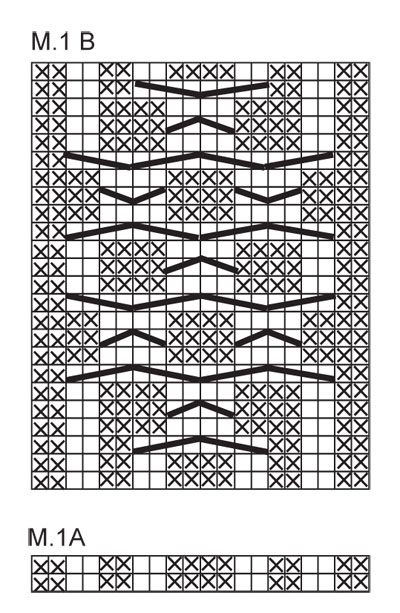
|
|||||||||||||||||||
Dokončili jste tento model?Pak označte své fotky tagem #dropspattern #zenzoesocks nebo je pošlete do galerie #dropsfan. Potřebujete s tímto návodem poradit?Otevřete-li si návod na stránce garnstudio.com, najdete tam 17 výukových video-ukázek, Komentáře/Dotazy a další užitečné informace. © 1982-2025 DROPS Design A/S. Vyhrazujeme si veškerá práva. Tento dokument, včetně všech jeho dílčích částí, podléhá autorským právům. Podrobnější komentář k možnostem užití našich návodů najdete dole pod každým návodem na našich stránkách. |
|||||||||||||||||||







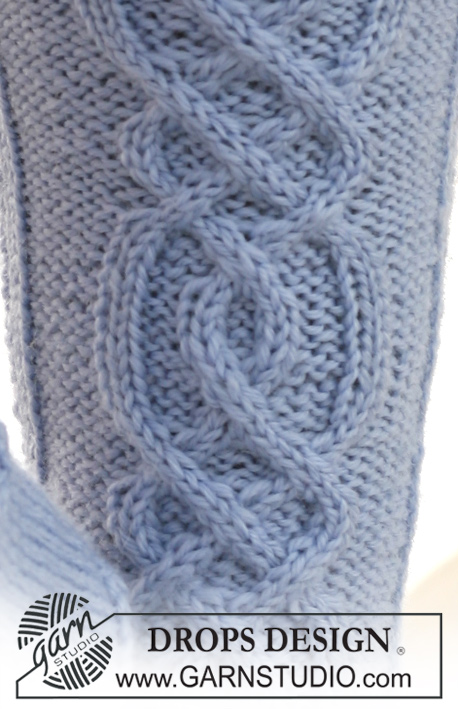

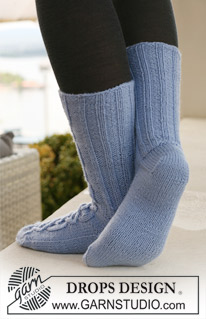



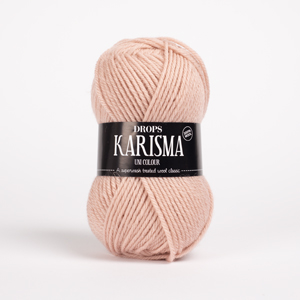

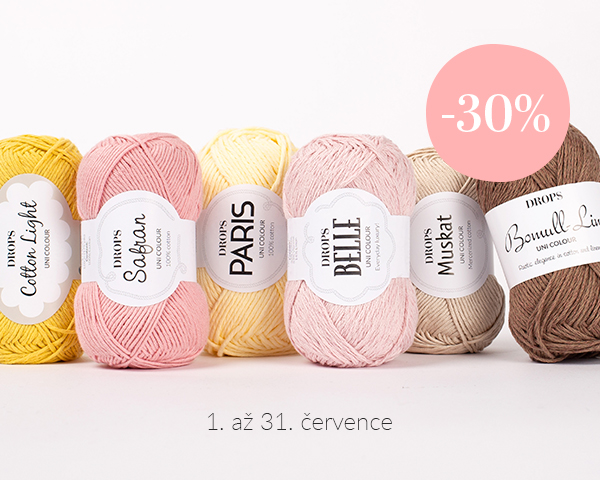

































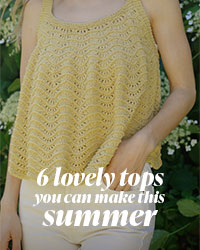

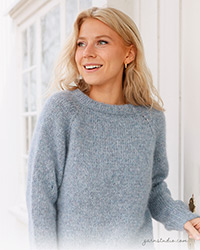
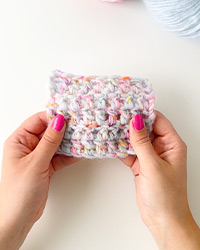
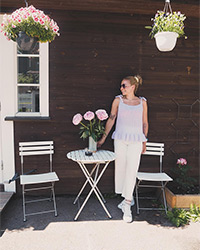
Přidejte komentář k návodu DROPS 121-15
Rádi bychom věděli, co si o tomto modelu myslíte!
Pokud se chcete na něco zeptat, dbejte prosím na to, abyste ve formuláři níže vybrali správnou kategorii - díky tomu se dříve dozvíte, co potřebujete vědět. Povinná pole jsou označena *.